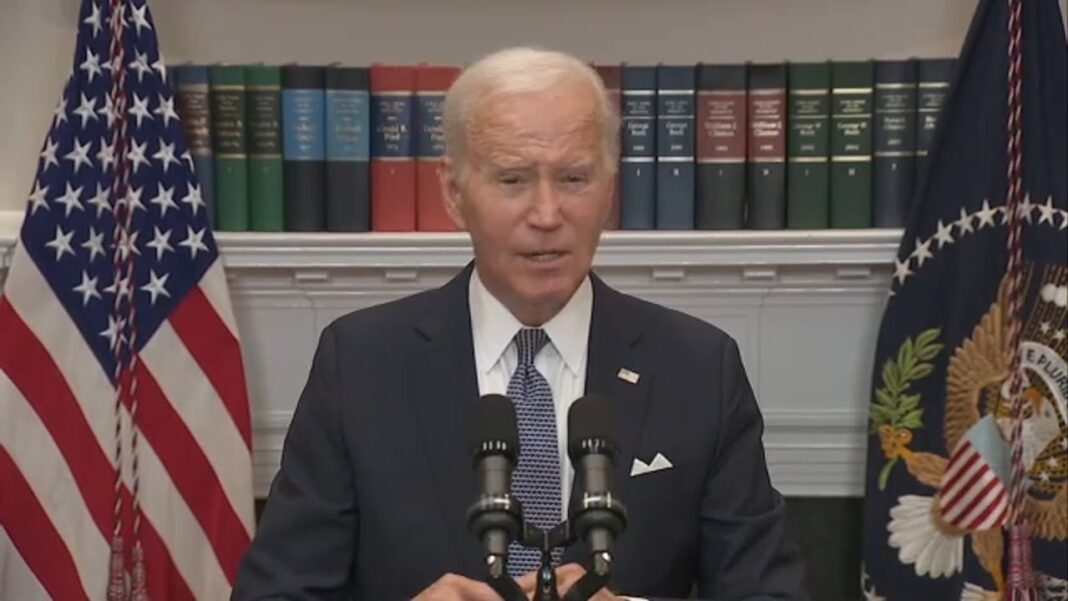Military hasn’t studied serious potential side effects from gender-altering drugs, such as ‘roid rage,’ former Army neuropsychologist says
In the popular “M.A.S.H.” sitcom that ran from 1972 until 1983, Corporal Maxwell Klinger was so desperate to escape his assignment to a mobile army surgical hospital in the Korean War, he dressed as a woman in an attempt to prove he was mentally unfit to serve.
At the time, it was accepted that people who suffered from what is now called “gender dysphoria” weren’t suited for military duty.
But in today’s military, Klinger, as he was known, would be considered “transgender” or “gender-nonconforming” and would be accepted openly without fear of dismissal.
That’s been the case for pediatrician Rachel Levine, a man who identifies as a woman. Levine was named in 2021 as President Joe Biden’s Assistant Secretary for Health for the U.S. Department of Health and Human Services.
Levine began wearing a skirted military uniform after being ceremonially sworn in as a four-star admiral. That makes Levine the highest-ranking official in the U.S. Public Health Services Commissioned Corps.
But that doesn’t change what one former Army neuropsychologist considers to be serious issues with allowing those with gender dysphoria into the military.
Transgender soldiers taking hormones are more likely to suffer from mood swings and health problems, making them a higher mission risk when deployed, according to Alan Hopewell, a neuropsychologist in Fort Worth, Texas.
The impact of medication taken by “sexually confused individuals” on military induction and retention could be significant, Hopewell told The Epoch Times.
“Nobody has addressed the medication issue,” he said.
The Department of Defense did not immediately respond to a request for comment about whether the effects of transgender treatments on soldiers had been studied.
But a large Danish transgender suicide and mortality study published in the Journal of the American Medical Association on June 27 produced troubling indications.
It showed transgender individuals had “significantly higher rates of suicide attempt, suicide mortality, suicide-unrelated mortality, and all-cause mortality compared with the non-transgender population,” researchers wrote.









